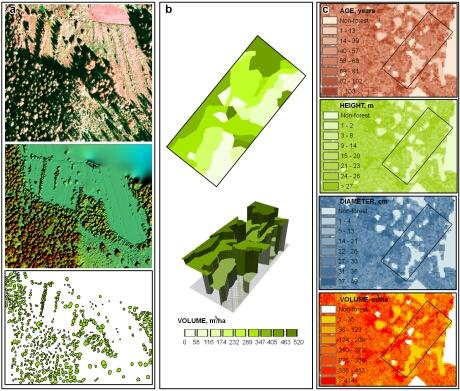
► The continuous field view of representing forest geographically: from cartographic representation towards improved management planning (EN)
Résumé : Enhanced vizualization leads to better forest management solutions. This paper discusses the application of numerical remote sensing and geographic information systems to forest inventory. Natural phenomena usually exhibit both continuous and discrete behaviour.
Thématique : Biodiversité et ressources naturelles

► Methods for visual quality assessment of a digital terrain model (EN)
Résumé : A Digital Terrain Model (DTM) is a continuous representation of a ground surface landform that is commonly used to produce topographic maps. DTMs are created by integrating data obtained from a wide range of techniques including remote sensing and land surveying.
Mots-clés : digital terrain model, error detection, geographical information science,quality control, statistics, visualisation
Thématique : Biodiversité et ressources naturelles
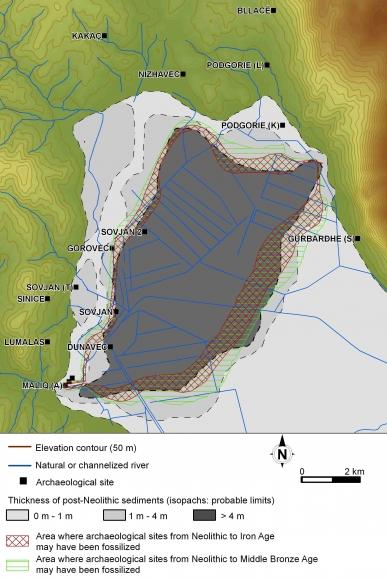
► Geoarchaeology: where human, social and earth sciences meet with technology (EN)
Résumé : Over the last decades, archaeologists and historians have faced the necessity to reconstruct ancient settlement history not only through the study of the material excavated, but also with the use of palaeo-environmental parameters. Geoarchaeology is a recent field of research that uses the computer cartography, the Geographic Information System (GIS) and the Digital Elevation Models (D.E.M.) in combination with disciplines from Human and Social Sciences and Earth Sciences.
Mots-clés : Albania, digital elevation model, geoarchaeology, geographic information systems, geomorphology, Greece, projection systems, topographic data
Thématique : Gouvernance et débats sociaux
> Lire l'article
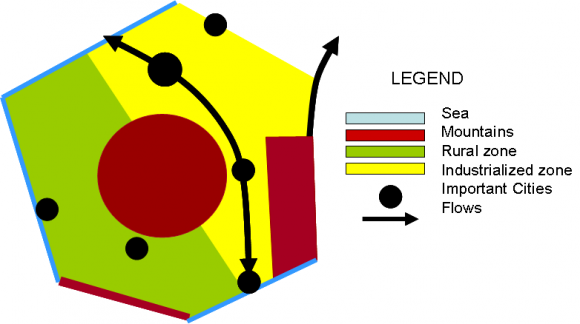
► Computer-generated Visual Summaries of Spatial Databases: Chorems or not Chorems? (EN)
Résumé : Chorems can be defined as representations of elementary structure of a geographic space or as schematized representations of territories, and as such they can represent a good candidate for generating visual summaries of spatial databases. Indeed for spatial decision-makers, it is more important to identify and map problems than facts. Until now, chorems were made manually by geographers who needed an exhaustive knowledge of the territory under study, a clear-cut set of rules to decide what the salient phenomena are, and who had no problems to cartography them. Here we present a methodology based on spatial data mining, that both diminish the requirements in terms of starting knowledge, and provide a more rigorous approach to select the important features.
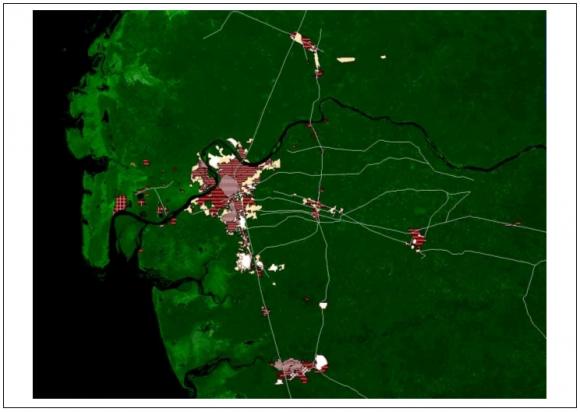
► 3D Dynamic Representation for Urban Sprawl Modelling: Example of India’s Delhi-Mumbai corridor (EN)
Résumé : 3D dynamic geo-visualisation models reflect changes in urban land areas and make a new contribution to the spatiotemporal representation of land use processes and the production of geographic knowledge. They facilitate understanding of the process of urbanisation and the resulting transformations of land use. The 3D dynamic visualisation model of the Delhi-Mumbai corridor in India illustrates how it is now possible to integrate the temporal, spatial dynamic and geographic dimensions of a process of land use transformation.
Mots-clés : dynamic modelling, geo-visualisation, India’s Delhi-Mumbai corridor.,temporal GIS, Urban Geographic Information System
Thématique : Villes et services urbains
> Lire l'article
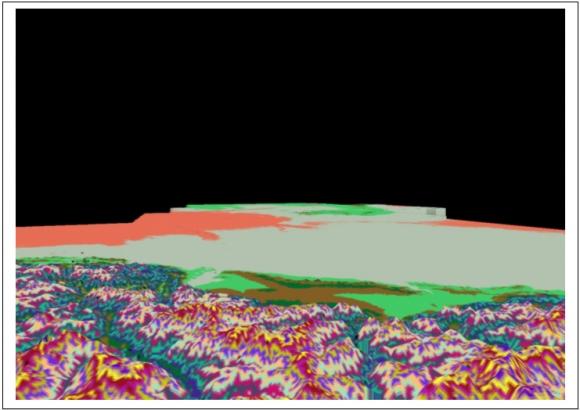
► Integration of Geomatics in Research & Development (EN)
Résumé : The use of Geographical Information Systems (GIS) within the society as well as in academic work has increased rapidly over the last decades. This also means that Geomatics has started to create problems in both academic and non-academic worlds. Firstly because it bridges borders that have been in place for a long time and secondly because Geomatics, or rather the basic concepts of Geomatics, is increasingly used.
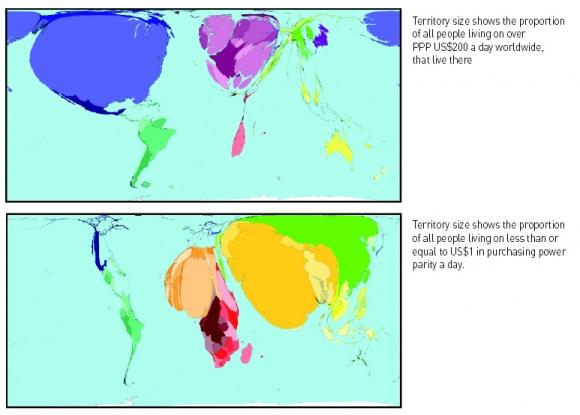
► Walter Christaller From “exquisite corpse” to “corpse resuscitated” (EN)
Résumé : In most currently available geography books, spatial representations group sets of differentiated location-objects, which can be located (directly or indirectly) on the surface of the Earth, using latitude, longitude and altitude, and systems projecting this surface on a map.
Mots-clés : geometrizations, geovisualizations, interpretations,representations, spatial, Christaller, center, centrality, decentrality

